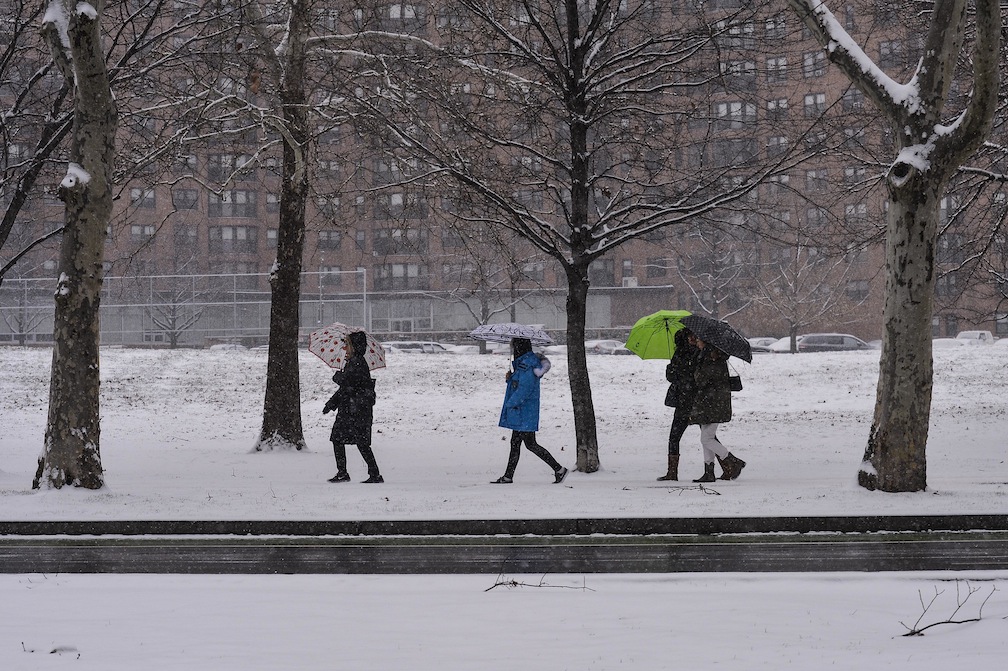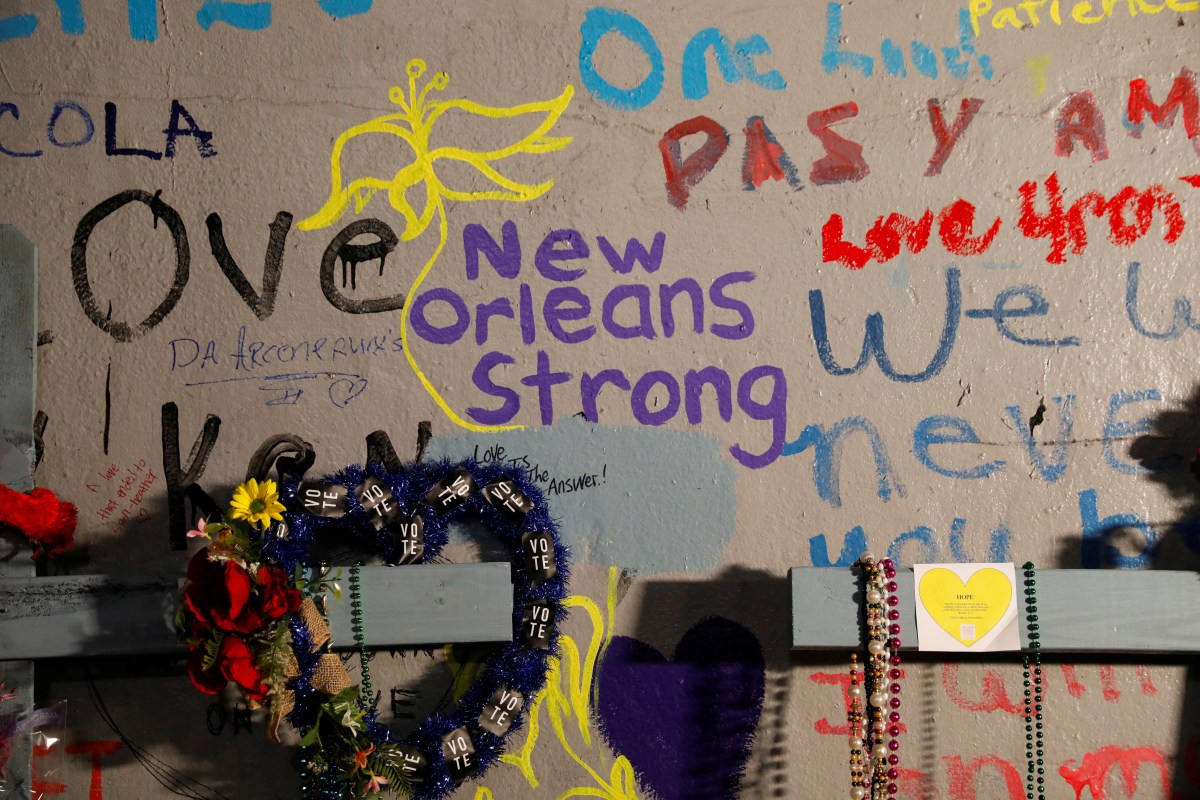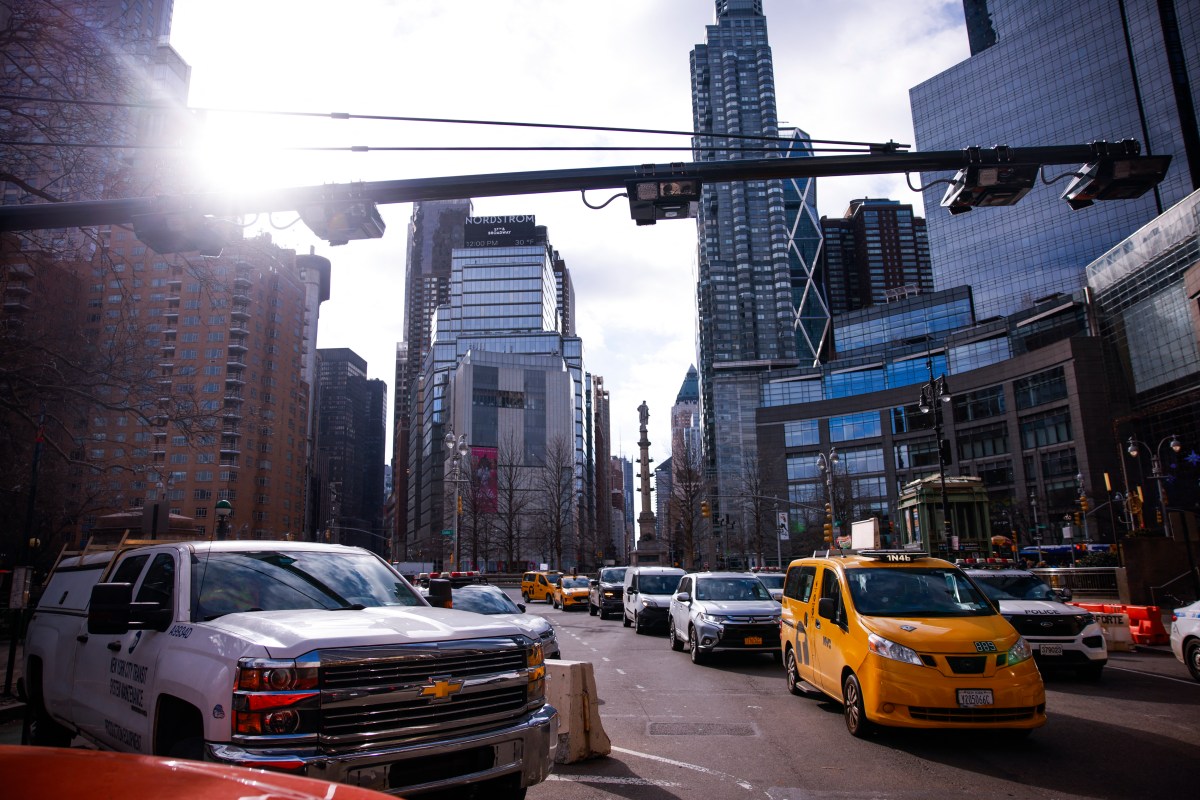 A home destroyed and abandoned after Hurricane Sandy is seen on Fox Beach Avenue in the Oakwood Beach section of Staten Island in New York City, New York, March 25, 2013. Credit: Mike Segar/Reuters
A home destroyed and abandoned after Hurricane Sandy is seen on Fox Beach Avenue in the Oakwood Beach section of Staten Island in New York City, New York, March 25, 2013. Credit: Mike Segar/Reuters
New York Mayor Michael Bloomberg on Tuesday announced a $20 billion plan to prepare for rising sea levels and hotter summers expected as a result of climate change in the coming decades.
The plan, which follows widespread destruction wreaked by Superstorm Sandy last year, included about 250 recommendations ranging from new floodwalls and storm barriers to upgrades of power and telecommunications infrastructures.
It coincided with a report updating projections of the impact of climate change, saying that over the next 40 years the number of sweltering summer days could double or even triple and that the sea level surrounding New York City could rise by 2 feet (0.6 meter).
The aim of Bloomberg’s plan was to ensure that the subway, transit, sewer and water, energy and food distribution systems would continue to function for the city’s 8 million people.
New York City could “do nothing and expose ourselves to an increasing frequency of Sandy-like storms that do more and more damage,” Bloomberg said in remarks at the Brooklyn Navy Yard.
“Or we can make the investments necessary to build a stronger, more resilient New York – investments that will pay for themselves many times over in the years go to come,” he said.
New York City is surrounded by 520 miles of coastline – more than Miami, Boston, Los Angeles and San Francisco combined – and even a small rise in the sea level will jeopardize lower-lying homes and businesses.
Sandy killed more than 100 people in New York, New Jersey and Connecticut, knocked out power to millions and cost New York City an estimated $19 billion in damages and lost economic activity.
Bloomberg said a storm of Sandy’s strength would cost nearly five times that amount if it hit the city in the middle of this century because of rising sea levels.
FLOODWALLS, DUNES AND TIDAL BARRIERS
In addition to new walls, dune systems and tidal barriers, the plan envisaged $1.2 billion in loans and grants to help owners make buildings more resilient to floods and proposed changes to the building code.
It included a proposed study on establishing standards for restoring power which would be discussed with the State Public Utility Commission, power utility Con Edison and the Long Island Power Authority (LIPA).
The city will also work on a plan to provide fuel when supplies are disrupted and to diversify energy sources.
Some elements of the plan are likely to be implemented this year, while others were more long-term, Bloomberg said.
To fund the plan the city would draw on city money that has already been allocated for capital improvements and on post-Sandy federal relief funds approved by the U.S. Congress.
But the funds may fall at least $4.5 billion short and the city will have to delay, scale back or eliminate some programs if it can’t fill the gap, the plan’s authors said.
They suggested additional funds could be raised by tapping into $2 billion of federal tax breaks for Lower Manhattan that were awarded after the September 11, 2001 attacks.
The city could ask state lawmakers to tack a “resiliency” charge onto insurance policies in New York City, including automobile, homeowner, commercial and other forms of insurance. A 1.5 percent surcharge could allow the city to issue bonds that “generate more than enough” to cover the $4.5 billion shortfall, the plan’s authors said.
(Reporting by Hilary Russ; Editing by Tiziana Barghini and David Storey)





















